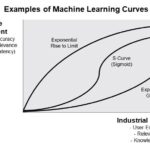In this episode, Jeff Towson delves into the practical aspects of integrating generative AI into day-to-day operations.
Discover real-world examples and strategies for leveraging GenAI across industries.
Whether you’re a business leader or a tech enthusiast, this podcast sheds light on the future of operational excellence.









